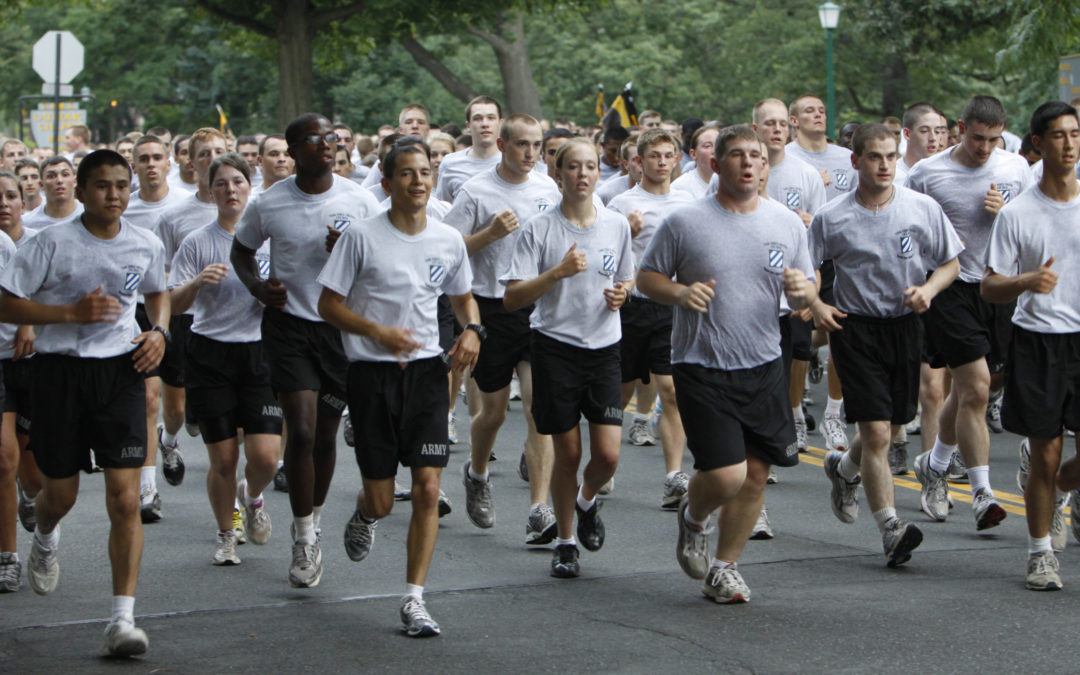Ultrasound evaluation of the patellar tendon and Achilles tendon and its association with future pain in distance runners
Cushman DM, Petrin Z, Eby S, Clements ND, Haight P, Snitily B, Teramoto M. The Physician and Sportsmedicine. 2020 Nov 26.
https://doi.org/10.1080/00913847.2020.1847004
Take-Home Message
Asymptomatic runners with ultrasound-based tendon abnormalities are 2.5 to 3 times more likely to develop future Achilles or patellar tendon pain within 12 months.
Background
Clinicians can use ultrasound to visualize and quantify structural changes in tendons. However, it remains unclear if these ultrasound-based tendon abnormalities in asymptomatic athletes are clinically meaningful.
Study Goal
The authors followed asymptomatic recreational runners to assess whether having patellar or Achilles tendon ultrasound abnormalities related to a higher risk of developing tendon-related pain over the next year.
Methods
The authors collected demographic information, training history, and bilateral ultrasound imaging of the patellar and Achilles tendons from 139 asymptomatic runners the day before a marathon. Runners completed an online self-reported injury survey at 1, 3, 6, and 12 months after the race. The follow-up survey used pictures and text to ask runners if they had pain at the patellar or Achilles tendon with activity. Runners that developed pain also completed a numeric pain score at rest and the VISA-A or VISA-P questionnaires for the Achilles or patellar tendon, respectively. One blinded investigator with several years of experience doing musculoskeletal ultrasound imaging performed ultrasonography on every runner. Another blinded investigator evaluated the saved images for 5 features: 1) hypoechogenicity (decreased brightness), 2) intratendinous delamination (intratendinous defects with discrete separation of tendon fibers), 3) paratenon blurring (blurring of the border of a tendon), 4) calcification (calcium hydroxyapatite deposited within a tendon), and 5) tendon thickening.
Results
The authors analyzed post-race data from 104 runners. Before the race, patellar and Achilles tendon abnormalities were present in 23% and 24% of runners, respectively. Over the next year, 25% and 17% of runners developed patellar or Achilles tendon pain, respectively. Runners with any ultrasound abnormality in the Achilles or patellar tendons were 2.5 to 3 times more likely to develop pain in the respective tendons than those without ultrasound abnormality. Specifically, delamination in either tendon seemed to be key findings related to future tendon pain.
Viewpoints
The authors found that abnormal tendon structure in asymptomatic distance runners increases the risk of future Achilles or patellar tendon pain. Furthermore, tendon delamination may be the most predictive ultrasound measure of subsequent tendon pain. Patients with tendon delamination tend to have worse tendon healing. However, most tendon delamination research has evaluated the rotator cuff. The altered biomechanics of a horizontally-split tendon, as well as the decreased tendon healing, could make tendon delamination a significant risk factor for pain and future rupture. Clinicians should consider tendon delamination as clinically meaningful until larger studies involving the patellar and Achilles tendon can clarify this conclusion.
Clinical Implications
Ultrasound may be a useful tool for clinicians working with athletic populations. While more studies are needed, this study highlights a screening technique that can be implemented with low cost/burden and high reward. For example, clinicians can provide preventative exercise interventions and biomechanical evaluation to athletes with significant ultrasound abnormalities.
Questions for Discussion
How can clinicians prevent further ultrasound abnormalities? If an athlete has ultrasound abnormalities, what interventions are best for preventing future injury?
Related Posts
Diagnostic Ultrasound can Shed Light on Knee Health After an Injury
Clinical indications for musculoskeletal ultrasound updated in 2017 by European Society of Musculoskeletal Radiology (ESSR) consensus
Born to Run? OA Doesn’t Need to Stop You
Patellar Tendon Structure in Volleyball Athletes with and without Anterior Knee Pain
Written by: Ryan Paul
Reviewed by: Jeffrey Driban


